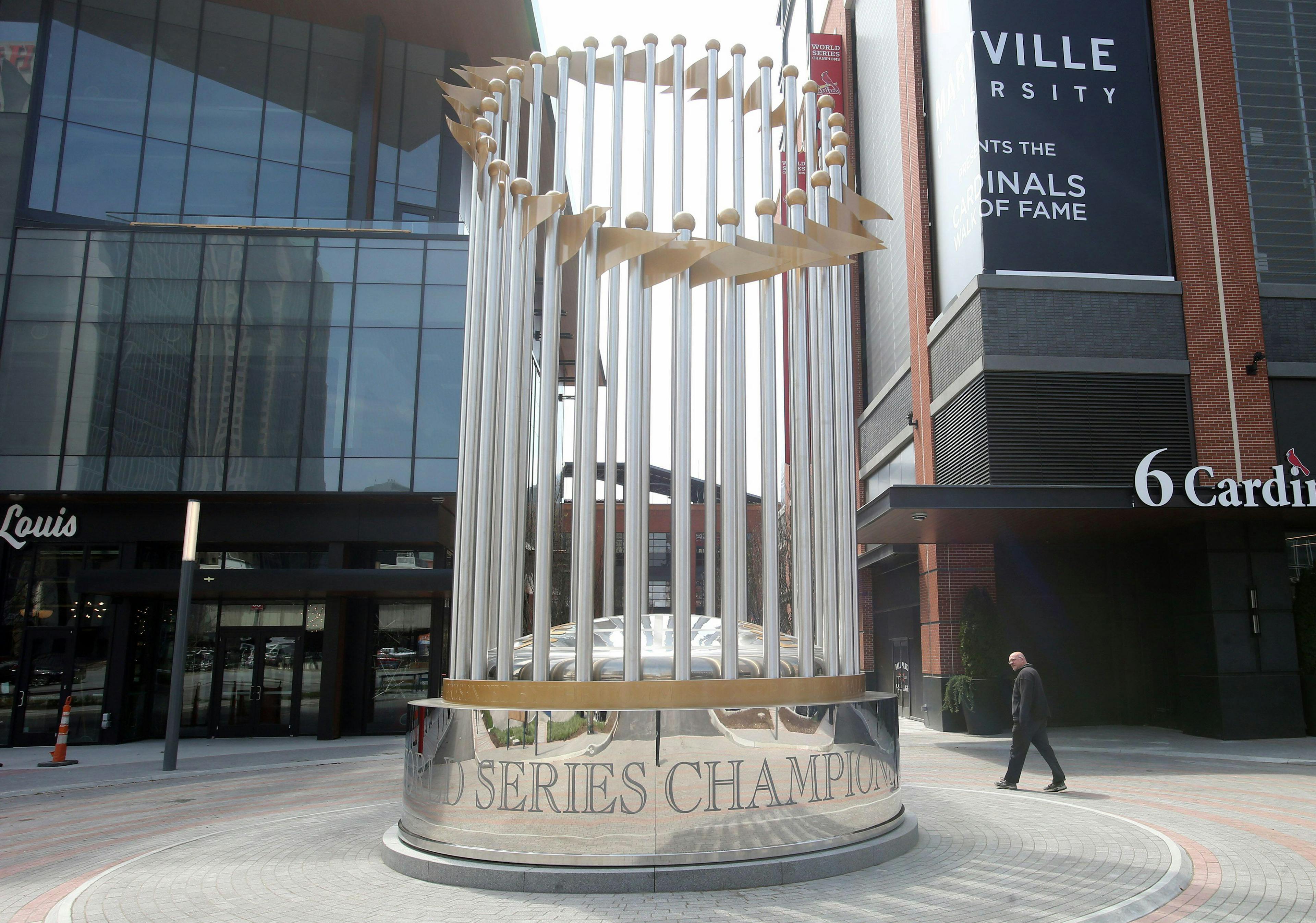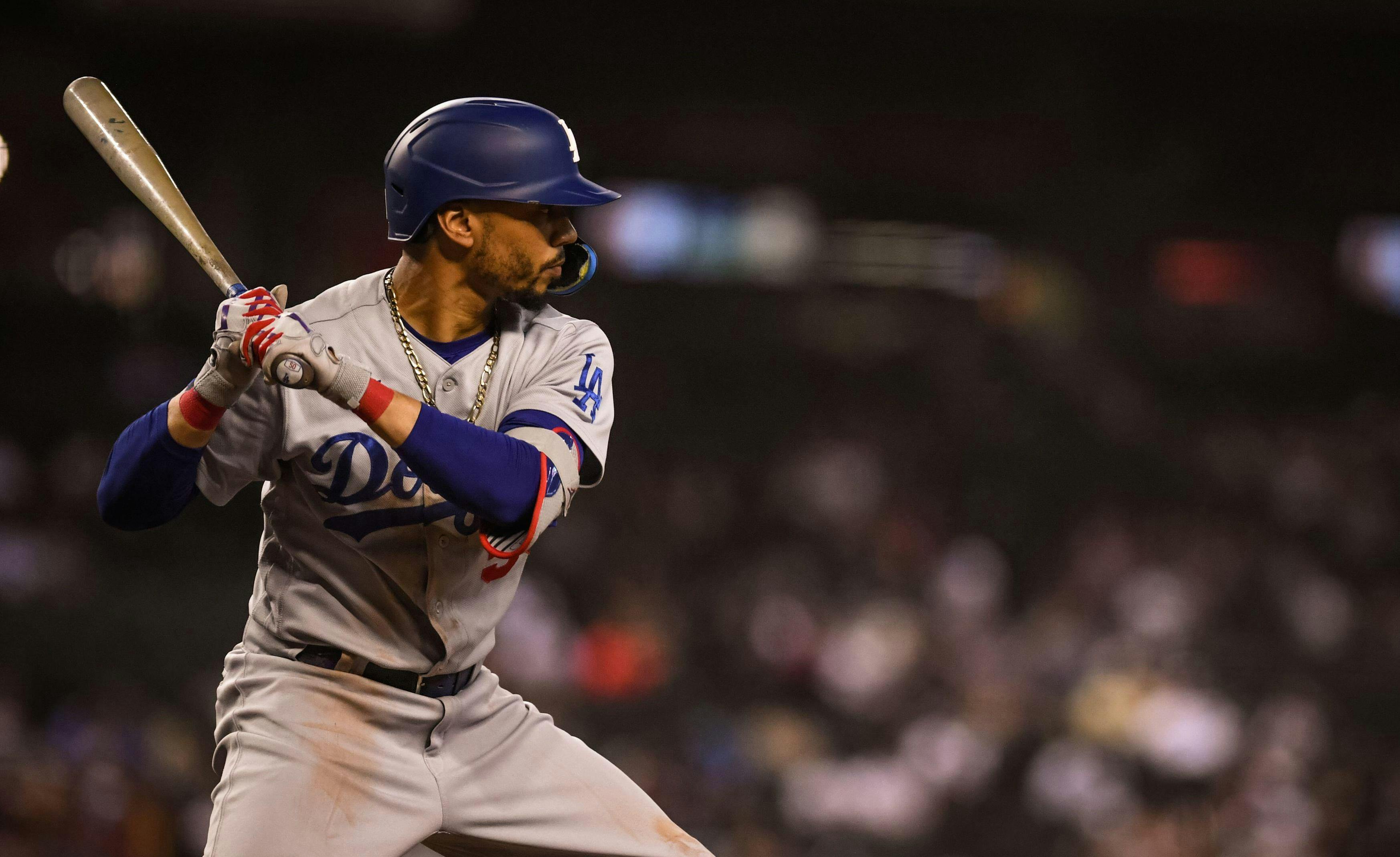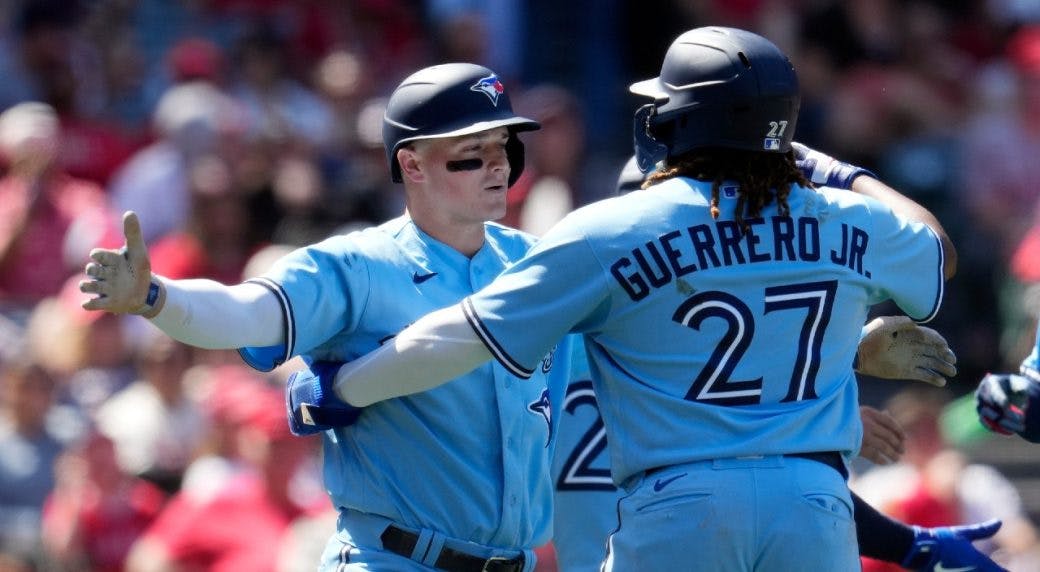See all of our MLB previews, news & picks for all the upcoming baseball games.
Bet Slip
Latest MLB News
Latest MLB News & Analysis
- 1
 News
NewsWorld Series Player Props, Same-Game Parlays, & Best Bets for Game 6, Dodgers vs. Blue Jays
- 2
 News
NewsBet $1, Double Your Winnings On Your Next 20 Wagers from Caesars Ahead of the World Series, Game 5
- 3
 News
NewsCaesars Bet $1 and Double Your Winnings on Your Next 20 Wagers Ahead of the World Series
- 4
 News
NewsWorld Series Game One, Dodgers vs. Blue Jays SGPs & Player Props Friday – October 24
- 5
 News
NewsMLB Home Run Picks for ALCS, Game 4 and NLCS, Game 3 – October 16
- 6
 News
NewsLong‑Shot Home Run MLB Parlay – Wednesday, Oct. 8
- 7
 News
NewsFanDuel Promo Code: Bet $5 on Our MLB Home Run Props and Same Game Parlay Picks for MLB Postseason and Get $300 in Bonus Bets if You Win - October 7
- 8
 News
NewsMLB Home Run Props & Caesars Bet $1 Double Your Winnings on Your Next 20 Bets Promo - October 1
- 9
 News
News$1,500 First Bet Bonus To Use On Our Best MLB Home Run Props for Wildcard Games – September 30
